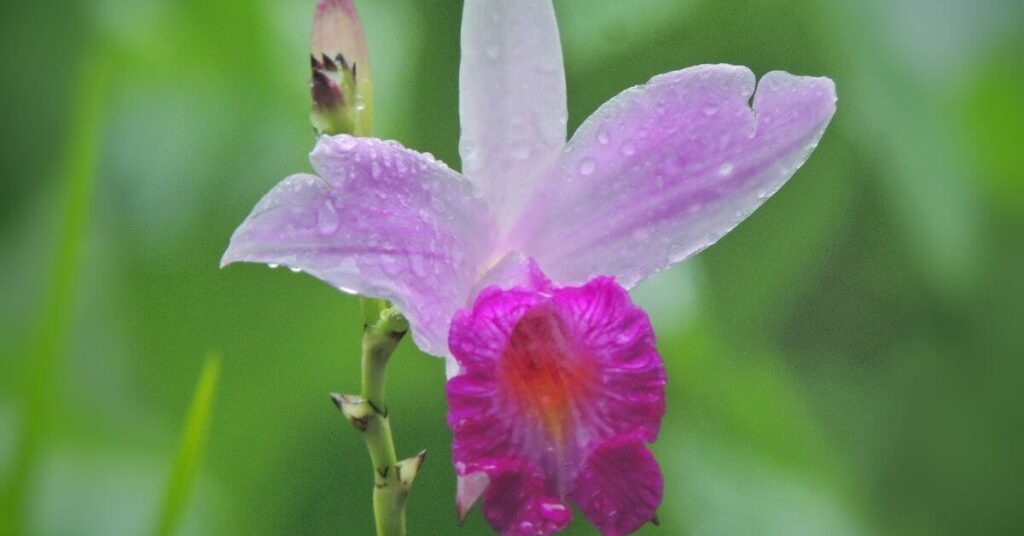Introduction:
The Snake Plant, scientifically known as Sansevieria trifasciata, is a fascinating ornamental plant that has captured the hearts of plant enthusiasts worldwide. Originating from tropical Africa, it is admired not only for its exotic beauty but also for its reputation for bringing good luck and purifying the air. In this article, we will explore various aspects of this unique plant, from its history and characteristics to specific care tips to ensure its flourishing in home environments.
History and Cultural Significance:
The Snake Plant has a rich cultural history and symbolism in various traditions around the world. In Africa, where it is native, it is considered a protective plant against negative energies. In Brazil, it is associated with luck and prosperity, often found in homes and commercial establishments. Its common name, Snake Plant, is a reference to the warrior saint who, according to popular belief, protects it from spiritual harm.
Botanical Characteristics:
This plant belongs to the Asparagaceae family and features stiff, sword-shaped leaves that stand upright, providing a unique and sculptural appearance. The leaves have an intense green color with varied patterns that add an elegant touch to the environment. The Snake Plant is known for its resilience and ability to adapt to a variety of growth conditions, making it a popular choice for gardens and interiors.
Varieties of the Snake Plant:
There are several varieties of the Snake Plant, each with distinct characteristics that can influence the choice of cultivators and plant enthusiasts. Some of the most well-known varieties include:
- Sansevieria trifasciata ‘Laurentii’: Recognized for its leaves with yellowish edges, adding a contrasting touch to the predominant green.
- Sansevieria trifasciata ‘Hahnii’: A compact variety, ideal for smaller spaces, with leaves growing in a rosette pattern.
- Sansevieria trifasciata ‘Moonshine’: Characterized by its shiny, silver-colored leaves, this variety offers a unique aesthetic.
Care and Cultivation:
While the Snake Plant is known for its resilience, some care is essential to ensure its healthy development. Here are some tips for cultivating and caring for this plant:
- Lighting: Prefer locations with indirect or partial sunlight. Although it tolerates shade, a bit of indirect sunlight is beneficial for its growth.
- Soil: Use well-draining soil to avoid water accumulation around the roots. Mixes specifically for cacti and succulents are ideal.
- Watering: The Snake Plant is drought-resistant. Allow the soil to dry between waterings to prevent excess moisture, which can lead to root rot.
- Temperature: This plant prefers temperatures between 15°C and 27°C. Avoid exposure to extreme temperatures.
- Fertilization: Fertilize during spring and summer using a diluted balanced fertilizer.
- Propagation: The Snake Plant can be propagated through division of clumps or by cut leaves.
Benefits of the Snake Plant:
In addition to its aesthetic beauty, the Snake Plant offers practical benefits that make it even more valuable for plant lovers and those seeking a healthy atmosphere at home. Some of these benefits include:
- Air Purification: Studies show that the Snake Plant is effective in removing air pollutants, contributing to a cleaner and healthier environment.
- Positive Energy: According to popular tradition, having a Snake Plant at home attracts positive energies and spiritual protection.
- Low Maintenance: Its resilience makes it an ideal choice for those who want to enjoy the benefits of plants without excessive care demands.
Common Issues and Solutions:
Even though it is a hardy plant, the Snake Plant can face some issues. Here are some common problems and their solutions:
- Yellowing Leaves: It may indicate excess water. Reduce the watering frequency and ensure the soil is well-drained.
- Wilting Leaves: It can be caused by lack of water. Increase the watering frequency, especially in warmer climates.
- Pests: The Snake Plant is generally resistant to pests, but mealybugs and spider mites can be a problem. Use insecticidal soap or neem oil to combat them.
Conclusion:
The Snake Plant is much more than a simple ornamental plant; it is a guardian of culture, a symbol of good luck, and an elegant addition to any environment. Its appeal goes beyond aesthetics, extending to health benefits and cultural significance that make it truly special. By cultivating and caring for this plant, we are not only contributing to the beauty of our space but also connecting to ancient traditions that celebrate the harmony between nature and humanity. Embark on this green journey and discover the lasting charms of the Snake Plant in your home.






